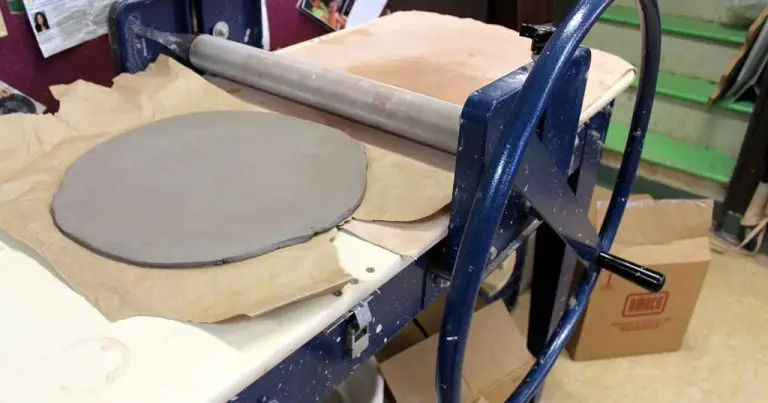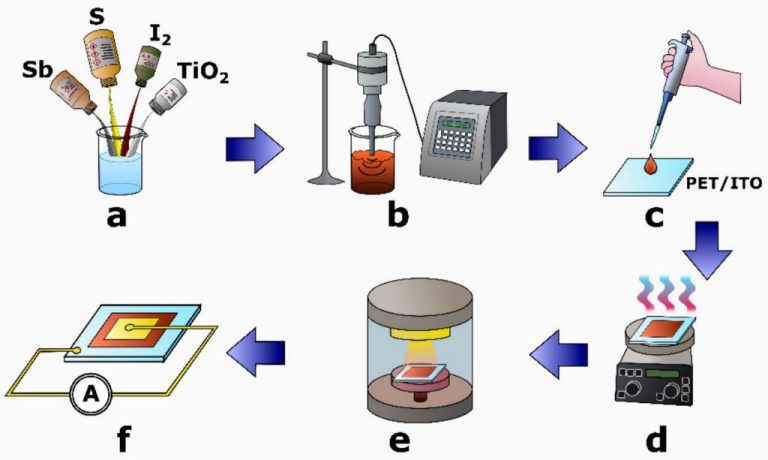How Do You Keep Clay Soft?
Clay is a type of fine-grained natural soil material that contains minerals like silica and alumina. When mixed with water, clay becomes soft and moldable. However, if left to dry out, clay can become stiff and difficult to work with. Maintaining the right moisture content is key to keeping clay in a soft, pliable state for pottery, sculpture, and other art projects.
This article will provide tips and techniques for keeping clay workable and soft. We’ll cover adding moisture, using plasticizers, proper storage methods, kneading, and specialized clay softeners. With the right approach, artists can keep their clay supple for extended periods for continuous projects or future use.
Moisture Content
One of the most important factors in keeping clay soft is its moisture content. Clay is hygroscopic, meaning it naturally absorbs water from the environment. The water is absorbed between the clay particles, keeping the clay malleable so it can be molded and shaped.
If clay starts to dry out and become less pliable, often all it needs is a little more water added back in. Mist the clay with water and knead it in to evenly distribute the moisture and rescue overly dry clay. The amount of water needed will depend on the current condition of the clay and climate, but add it gradually and knead thoroughly between additions to achieve an optimal consistency without over-saturating.
Plasticizers
One of the most common ways to keep clay soft is by adding plasticizers. Plasticizers are substances that are mixed into the clay to increase its plasticity and flexibility. The main plasticizers used with polymer clay are oils and glycerin.
Adding a small amount of oil, such as baby oil or mineral oil, is an easy way to soften polymer clay. The oil penetrates between the polymer molecules, allowing them to slide over one another more easily. This gives the clay more flexibility and makes it easier to condition and shape.
Glycerin is another very effective plasticizer for polymer clay. Glycerin is a thick, clear liquid that readily absorbs moisture from the air. When added to clay, glycerin helps keep moisture inside the clay so it stays softer for longer. Glycerin also lubricates the clay, increasing pliability.
Both oil and glycerin should be added sparingly when conditioning clay. Start with just a few drops and knead it thoroughly into the clay. Too much can make the clay sticky. Oils and glycerin allow clay to be conditioned and shaped more easily without crumbling or cracking.
Storing Clay
One of the best ways to keep clay soft is to store it properly when not in use. Clay dries out quickly when exposed to air. To prevent drying, it’s important to seal clay in an airtight bag or container. Plastic bags and plastic wrap work well for storing small amounts of clay. For larger quantities, use plastic storage containers or buckets with tight fitting lids.
Sealing the clay from air prevents moisture from escaping. This maintains the moisture content and keeps the clay malleable. Be sure to press out any air bubbles before sealing the container. Otherwise pockets of air can still dry out the clay. Stored properly in airtight conditions, clay can remain workable for months.
Additionally, consider storing clay in a cool area away from direct heat. Heat causes clay to dry out faster. A refrigerator or basement are ideal places for storage. Just remember to allow cold clay to come to room temperature before use, so it regains its flexibility.
Humid Conditions
One of the easiest ways to keep clay soft is to store it in a humid environment. Clay dries out as it loses moisture to the surrounding air. The humidity or moisture level in the air directly impacts the rate of moisture loss from the clay. In high humidity, the air is already saturated with moisture, which slows down the rate of moisture absorption from the clay. Storing clay in a humid place like a basement or closed storage box helps reduce moisture loss. You can place a damp sponge or cloth in the storage container to maintain humidity levels. The humid conditions keep the clay soft and workable for longer periods of time.
Wrapping Clay
One of the simplest ways to keep clay soft is to wrap it up tightly in plastic wrap or a resealable plastic bag when you are not using it. This prevents the clay from being exposed to air, which can cause it to dry out and become stiff or brittle.
Make sure to press out any air bubbles before sealing the clay completely. You want the plastic wrap or bag to be in full contact with the surface of the clay. Having air pockets will allow moisture to escape.
For long term storage, you may want to double wrap the clay in plastic wrap followed by a plastic bag. The more layers between the clay and air, the better it will retain moisture and stay malleable.
Wrapping clay whenever it is not being sculpted or molded is key for keeping a large block of clay or unfinished projects soft over time. Just be sure to fully seal it before putting it away.
Avoiding Heat
One of the quickest ways for clay to dry out is exposing it to heat sources such as sunlight, direct lighting, and heaters. The heat causes the moisture in the clay to evaporate faster, drying out and hardening the clay. To keep clay soft longer, it is best to avoid leaving it in direct heat. Keeping clay at room temperature, ideally between 68 and 77 degrees Fahrenheit, will prevent the clay from drying out too soon. For example, don’t leave your clay sculpture on the dashboard or car seat in hot vehicle. Also avoid placing or working with clay under intense indoor lighting sources like lamps or overhead lights.
Storing clay in a basement or other cool, low-humidity space helps retain moisture in the clay. You can also invest in a clay cabinet with controlled temperature and humidity. And when working with clay, avoid creating heat friction that will warm and dry the clay out. For example, sand smooth edges instead of scraping with sharp tools that can build up heat. Leave ample room between your hands when kneading the clay as well to prevent overly warming it.
Kneading Clay
Kneading clay is one of the most effective ways to keep clay soft. Kneading is simply the action of working the clay with your hands, folding and pressing the clay repeatedly. Kneading helps distribute the moisture evenly throughout the clay and allows the water molecules to penetrate all the way inside. This ensures the clay has a soft, flexible and smooth texture throughout.
Knead the clay for several minutes, pressing it and folding it over on itself. Do not be gentle – you want to use some pressure to squeeze the moisture into all areas of the clay. Keep going until all areas feel uniformly soft, moist, and smooth textured. The longer you knead, the softer the clay will become.
If you notice your clay starts to dry out or lose softness after kneading, you can add a small amount of water and knead longer. Do not over-moisten your clay or it may become too sticky to work with. Kneading effectively helps maintain the right moisture balance.
Kneading your clay at regular intervals is key for maintaining a soft texture for sculpting, molding, and shaping clay projects over a long period of time. So keep your clay wrapped when not in use, and remember to knead the clay well before starting any new clay project. This clay maintenance will ensure you always have soft, supple clay ready for crafting.
Using Clay Softener
Commercial clay softener products can be an easy solution for restoring dried out clay. Clay softener is typically a liquid solution that is composed of water and a humectant ingredient like glycerin. The humectant helps the clay reabsorb moisture from the air and become soft again.
To use clay softener, apply the solution directly onto the clay and knead it in until the clay feels soft and has a smooth consistency. Adding the clay softener solution brings moisture back into the clay that was lost as it dried out over time. It can restore even very hard, dry clay within minutes.
Several popular brands of clay softener are available for purchase online or at arts and crafts stores. Most softeners come ready to use straight out of the bottle. Follow the product instructions for the amount to apply to the quantity of clay you want to soften. With a good clay softener, even clay that has been drying out for years can become soft, pliable, and easy to work with again almost instantly.
Summary of techniques for optimal clay softness
Several techniques can help keep clay soft and pliable. The methods vary slightly depending on whether the clay is a work in progress or in long-term storage.
For short-term projects, wrap the unfinished clay sculpture or piece tightly in plastic and seal out all air before placing in a cool, dark location. Refrigeration slows drying, as does placing a damp sponge or cloth nearby to maintain humidity.
For storing clay long-term, avoid repeated freezing and thawing cycles. Instead, wrap it thickly in plastic film, sealing out air and trapping moisture inside. Store away from heat and light. Alternatively, submerge the clay in mineral oil or glycerin in an airtight container.
If working clay gets too dry and stiff, take immediate action to recondition it before the process proceeds too far. Knead in a commercial clay softener, or a small amount of water, glycerin or oil. Wrap tightly afterward to contain moisture as it penetrates the body of the clay sculpture.


